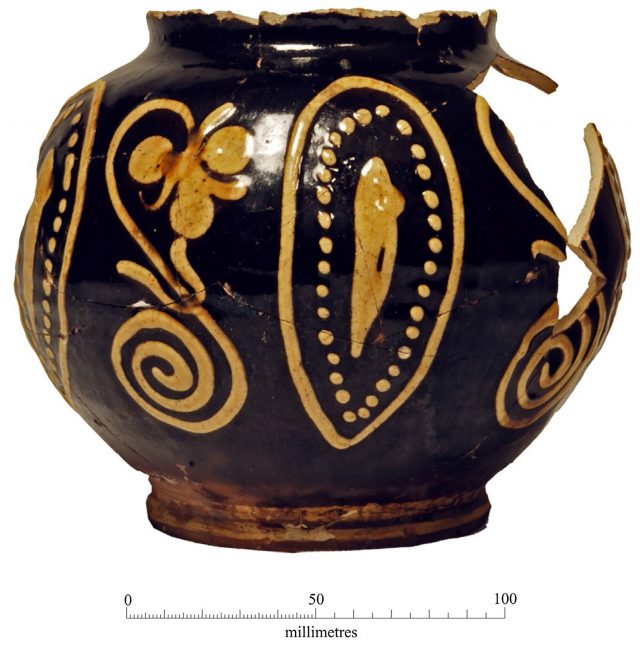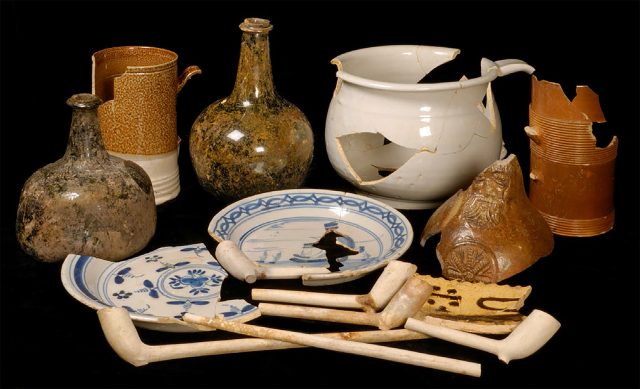
Relics from a coffee shop described as an “18th century Starbucks” have been discovered in a disused cellar at Cambridge University.
Clapham’s operated in the mid-to-late 1700s on a site that is now owned by St John’s College, and the discovery of more than 500 artefacts has shed light on what it was like.
Craig Cessford, from the Cambridge Archaeological Unit, called it an “18th century Starbucks”.

The 500 artefacts include drinking vessels for tea, coffee and chocolate, serving dishes, clay pipes, animal and fish bones, and an impressive haul of 38 teapots.
Researchers said customers undoubtedly drank coffee, but ale, wine and food ranging from pastry-based snacks to substantial meals involving meat and seafood were also available.
The discovery of 18 jelly glasses, alongside a quantity of feet bones from immature cattle, led researchers to conclude that calf’s foot jelly, a popular dish of that era, might well have been a house speciality.
Mr Cessford said that by modern standards, Clapham’s was perhaps more like an inn than a coffee shop.
“Coffee houses were important social centres during the 18th century, but relatively few assemblages of archaeological evidence have been recovered and this is the first time that we have been able to study one in such depth,” he said. “In many respects, the activities at Clapham’s barely differed from contemporary inns.
“It seems that coffeehouses weren’t completely different establishments as they are now – they were perhaps at the genteel end of a spectrum that ran from alehouse to coffeehouse.”

Although the saturation of British high streets with coffee shops is sometimes considered a recent phenomenon, they were in fact also extremely common centuries ago.
Coffee-drinking first came to Britain in the 16th century and increased in popularity thereafter.
By the mid-18th century there were thousands of coffeehouses, which acted as important gathering places and social hubs.
Only towards the end of the 1700s did these start to disappear, as tea eclipsed coffee as the national drink.
Clapham’s was owned by a couple, William and Jane Clapham, who ran it from the 1740s until the 1770s.
It was popular with students and townspeople alike.
Researchers believe that the cellar where the artefacts were found was filled with items towards the end of the 1770s, when Jane, by then a widow, retired and her business changed hands.
It then lay forgotten until St John’s College commissioned and paid for a series of archaeological surveys on and around the site of its Old Divinity School, which were completed in 2012.
The study, To Clapham’s I Go, is published in the journal Post-Medieval Archaeology.


Comments: Our rules
We want our comments to be a lively and valuable part of our community - a place where readers can debate and engage with the most important local issues. The ability to comment on our stories is a privilege, not a right, however, and that privilege may be withdrawn if it is abused or misused.
Please report any comments that break our rules.
Read the rules here